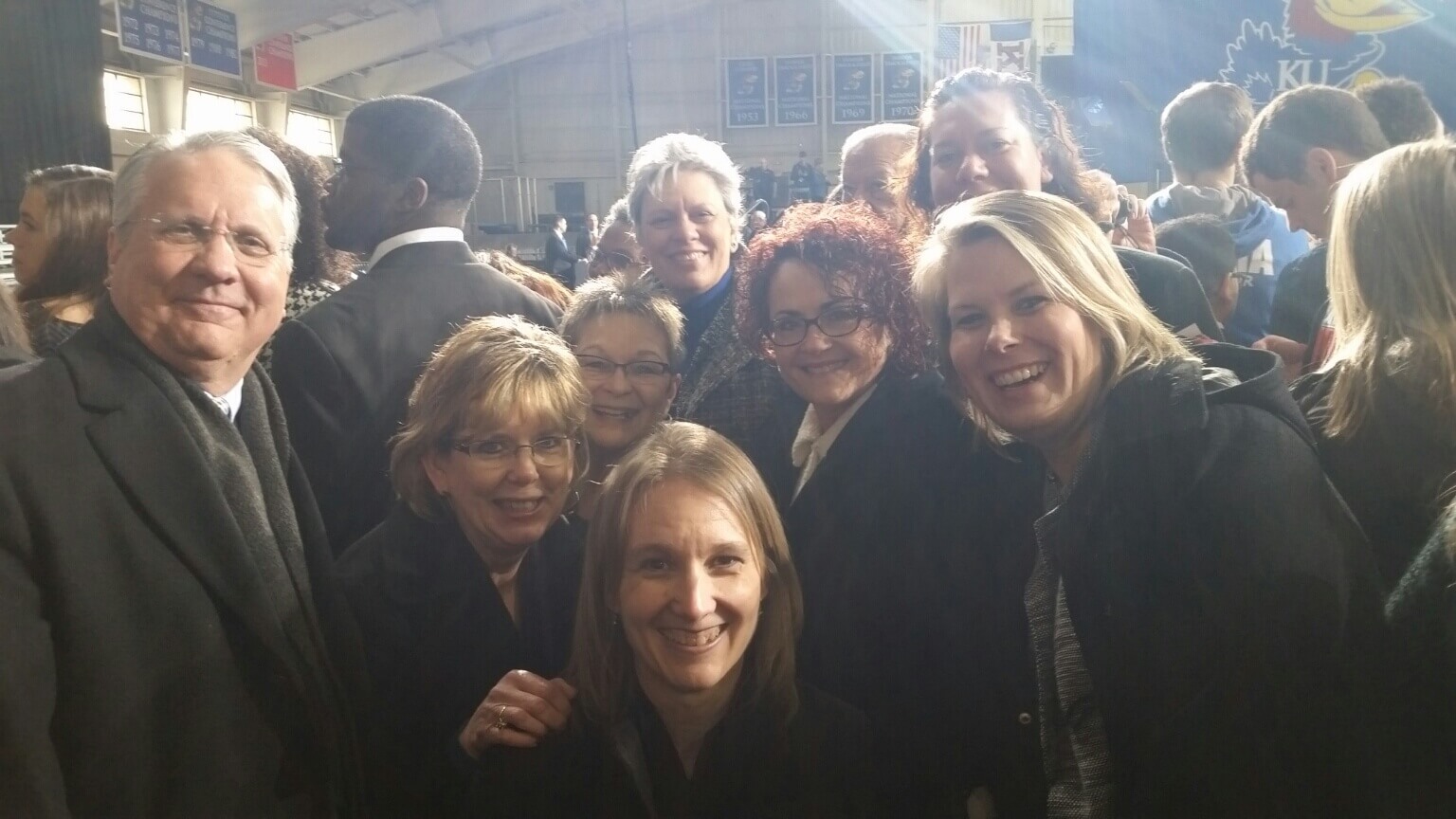 On February 2, 2015, President Barack Obama released his budget blueprint for the upcoming Fiscal Year 2016. Following on commitments announced during the recent State of the Union, President Obama’s budget proposal includes new initiatives and funding proposals designed to improve “access to high-quality child care and early education.”
On February 2, 2015, President Barack Obama released his budget blueprint for the upcoming Fiscal Year 2016. Following on commitments announced during the recent State of the Union, President Obama’s budget proposal includes new initiatives and funding proposals designed to improve “access to high-quality child care and early education.”
During the State of the Union and in the following days, President Obama outlined some of his proposals that would be included in his upcoming budget proposal. Expanding access to quality, child care and finding solutions to make it more affordable for families nationwide were consistent themes throughout both speeches on ways to improve middle-class economics.
Every year, the President submits a budget blueprint to Congress outlining their annual spending priorities. After the budget is submitted, Congress follows by, if agreed upon, proposing and passing their budget resolutions. If Congress can reconcile a budget resolution between the two Chambers, the appropriators in both the Senate and the House of Representatives are then required to pass 12 Appropriations (spending) bills annually funding the government through the current and/or next fiscal year, using the budget resolution as a guideline.
With the release of the President’s Fiscal Year 2016 budget, the White House proposes a landmark investment in child care and other early childhood programs.
What’s included in the President’s Budget Proposal for Child Care and Early Childhood Programs:
- $82 billion in mandatory CCDF funding over 10 years
- Increases current investment by $53 billion over the next 10 years based on the current annual mandatory funds at $2.917 billion.
- $266 million increase in discretionary funding over FY 2016 authorized level ($2.478b) to help States implement Child Care and Development Block Grant Act of 2014
- Would increase discretionary funding to $2.805 billion for Fiscal Year 2016
- $1.5 billion in additional funding over the 2015 enacted level ($8.598 billion) for Head Start,
- Would increase total investment in Head Start for FY 2016 to $10.098b.
- Including $650 million to expand Early Head Start and the Early Head Start-Child Care Partnerships.
- $15 billion over the next 10 years to extend and expand evidence-based, voluntary home visiting programs
- $750 million for Preschool Development Grants, a substantial increase of $500 million from the 2015 enacted level
- $1 billion increase from the 2015 enacted level for Title I
- $100 million to States and local communities to develop, implement, and evaluate new, innovative models of providing care
- Would triple the maximum Child and Dependent Care Tax Credit (CDCTC) for families with children under age five (to $3000 per child) and be made available to families with incomes of up to $120,000






